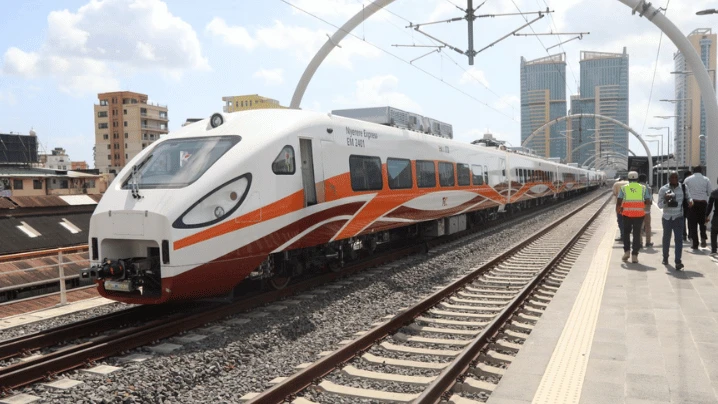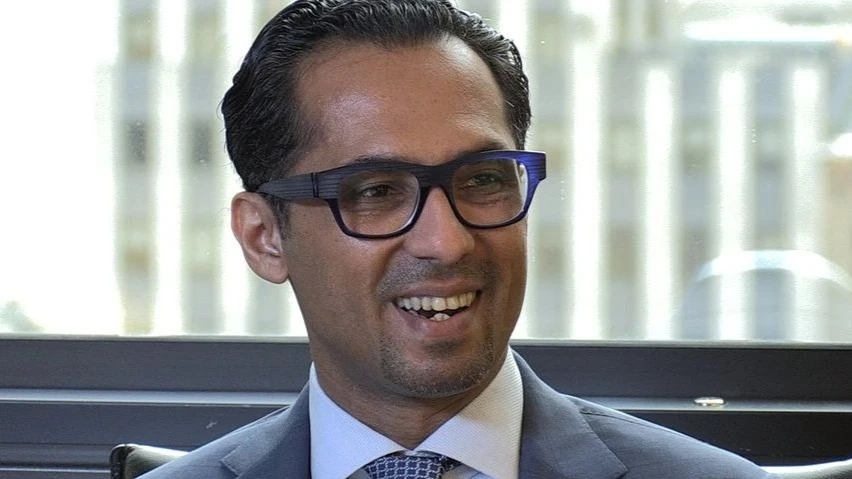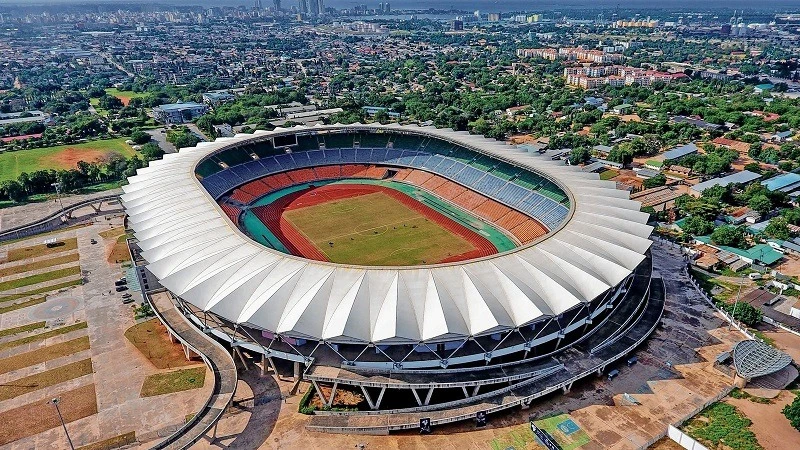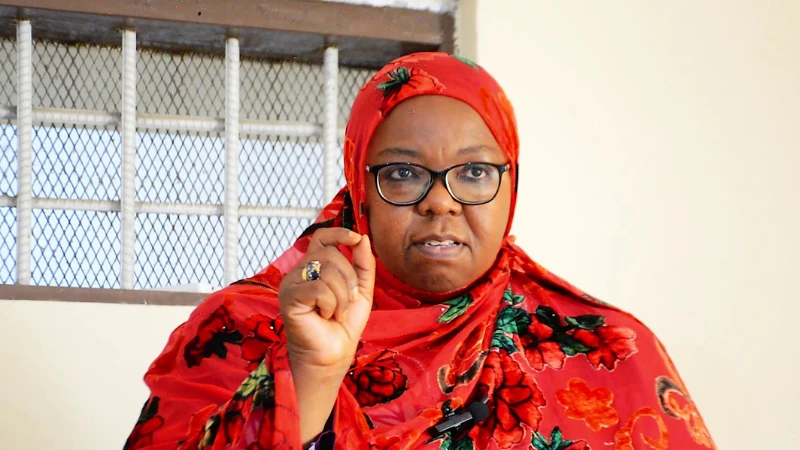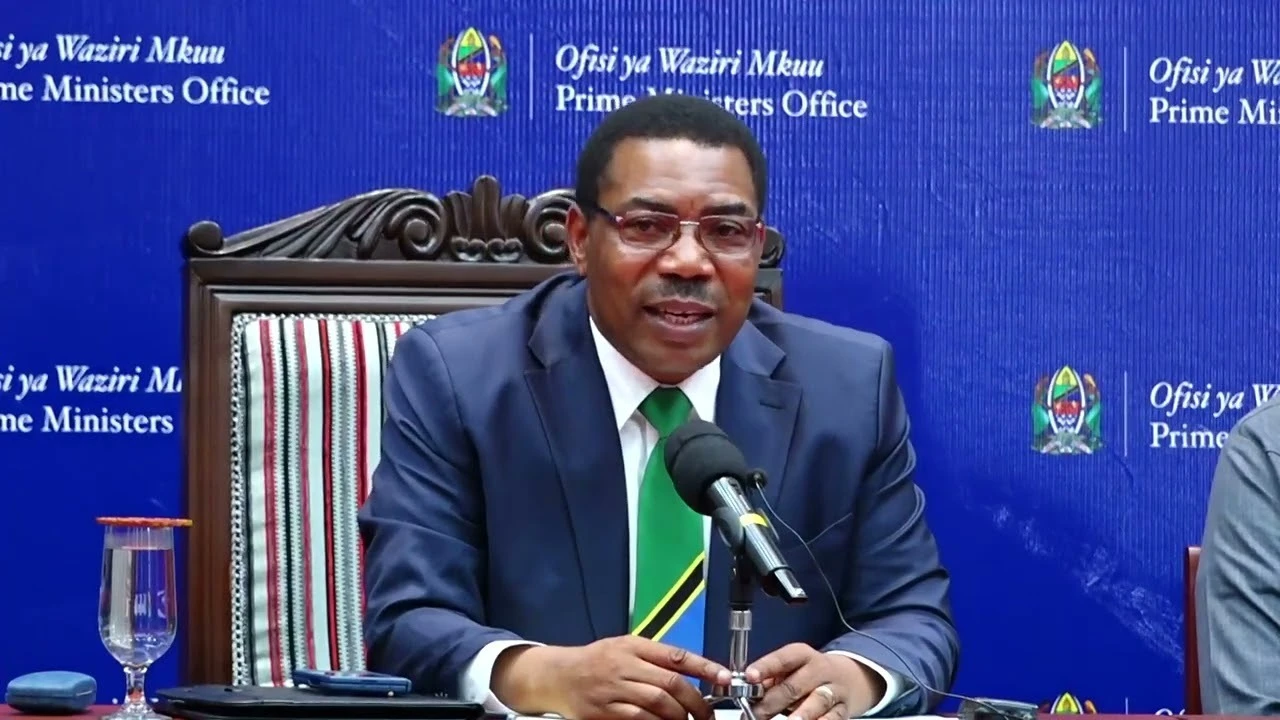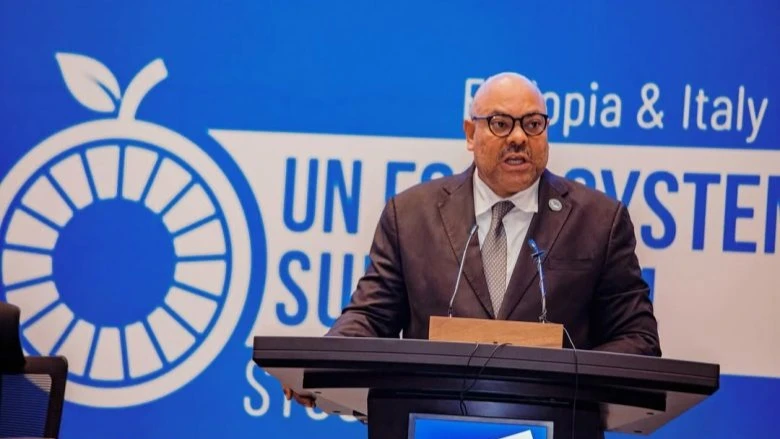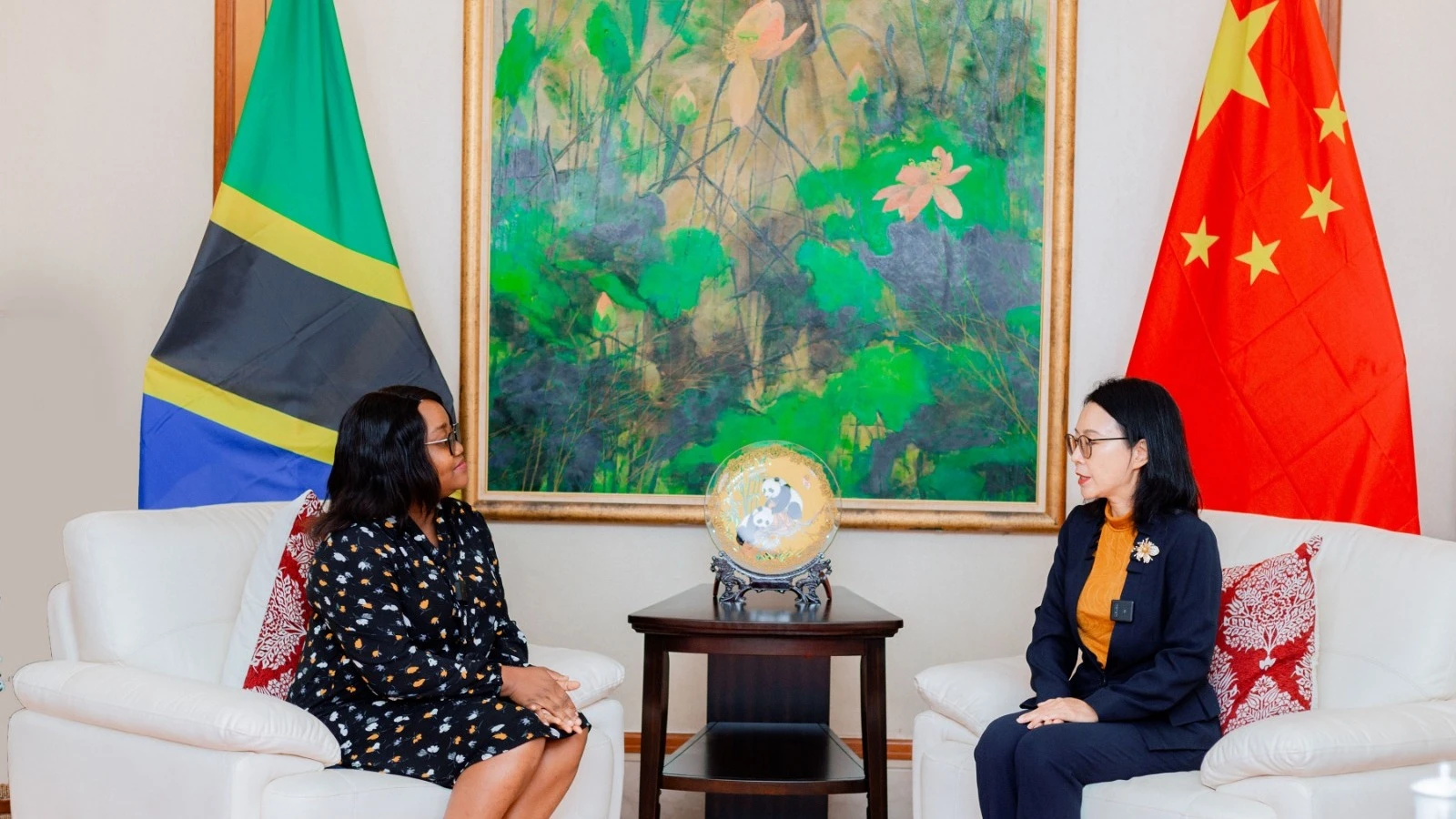Current account deficit narrows as exports surge
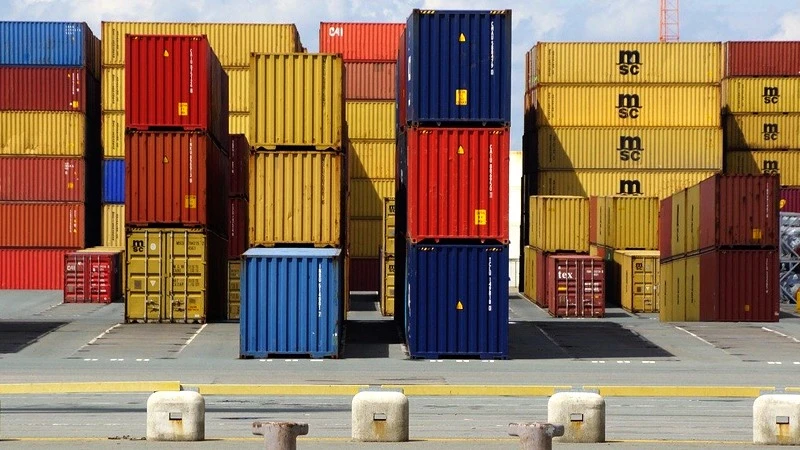
The Bank of Tanzania (BoT) has reported continued improvements in the country’s external sector, highlighting a sharp narrowing of the current account deficit and strong growth in exports, a trend that signals resilience amid global economic headwinds.
According to the BoT’s latest figures, the current account deficit narrowed to US$2,079.2 million during the year ending July 2025, down from US$2,713.5 million in the corresponding period of 2024. This improvement, the central bank said, was mainly supported by robust growth in exports of goods and services, which outpaced the increase in imports.
Foreign exchange reserves also strengthened significantly. The BoT noted that the stock of reserves reached US$6,194.4 million at the end of July 2025, compared with US$5,292.2 million a year earlier.
This level is sufficient to cover five months of projected imports, surpassing both the national benchmark of four months and the East African Community’s threshold of 4.5 months, underscoring the country’s improved external stability.
Exports of goods and services rose by 14 percent to US$16,655 million in the year ending July 2025, buoyed by stronger receipts from travel, gold, cashew nuts, coffee, horticultural products, and cereals.
Goods exports jumped 19.7 percent to US$9,479.4 million, led by gold exports, which climbed to US$3,977.6 million from US$3,148 million a year earlier. This surge was supported by higher global prices—averaging US$2,356 per troy ounce, compared with US$1,942 the previous year—and steady central bank purchases.
Traditional exports also strengthened, reaching US$1,388 million from US$1,074.4 million, largely on account of cashew nuts and coffee, which benefited from favorable weather and higher regional demand. Cereal exports more than doubled to US$382.3 million, dominated by maize and rice, following demand spikes in Kenya, South Sudan, and the Democratic Republic of Congo.
Service receipts expanded to US$7,175.6 million from US$6,643.8 million, bolstered by tourism and transport. Tourism alone brought in US$3,871.9 million, up 3.8 percent, with international arrivals rising to 2,249,387 from 2,026,378 the year before. The recovery of air travel and improved infrastructure at Kilimanjaro and Zanzibar airports further supported the momentum.
On the import side, goods and services reached US$17,645.4 million, up from US$16,260 million in 2024. The growth was driven mainly by increased imports of industrial transport equipment, construction materials, and iron and steel, reflecting higher infrastructure spending and private-sector investment. Petroleum product imports, however, declined to US$2,689.1 million from US$2,846.1 million, thanks to a 14.2 percent drop in global oil prices to US$71.6 per barrel, which helped cushion domestic fuel costs.
The income account presented mixed results. The primary income deficit widened to US$1,818.8 million from US$1,638.7 million, largely due to increased dividend repatriation by foreign investors and higher interest payments on external debt, which stood at US$29.7 billion by July 2025, up from US$27.4 billion a year earlier.
Conversely, the secondary income account recorded a stronger surplus of US$730 million, up from US$623.2 million, supported by higher remittance inflows and official transfers. Personal remittances alone accounted for US$525 million, reflecting growing diaspora engagement.
Overall, the narrowing current account deficit, stronger reserves, and buoyant exports place Tanzania in a stronger macroeconomic position.
Analysts, however, caution that the widening primary income deficit and rising external debt servicing costs highlight the need for policies to attract more long-term investments, expand value addition in exports, and diversify the services sector beyond tourism.
Top Headlines
© 2025 IPPMEDIA.COM. ALL RIGHTS RESERVED



